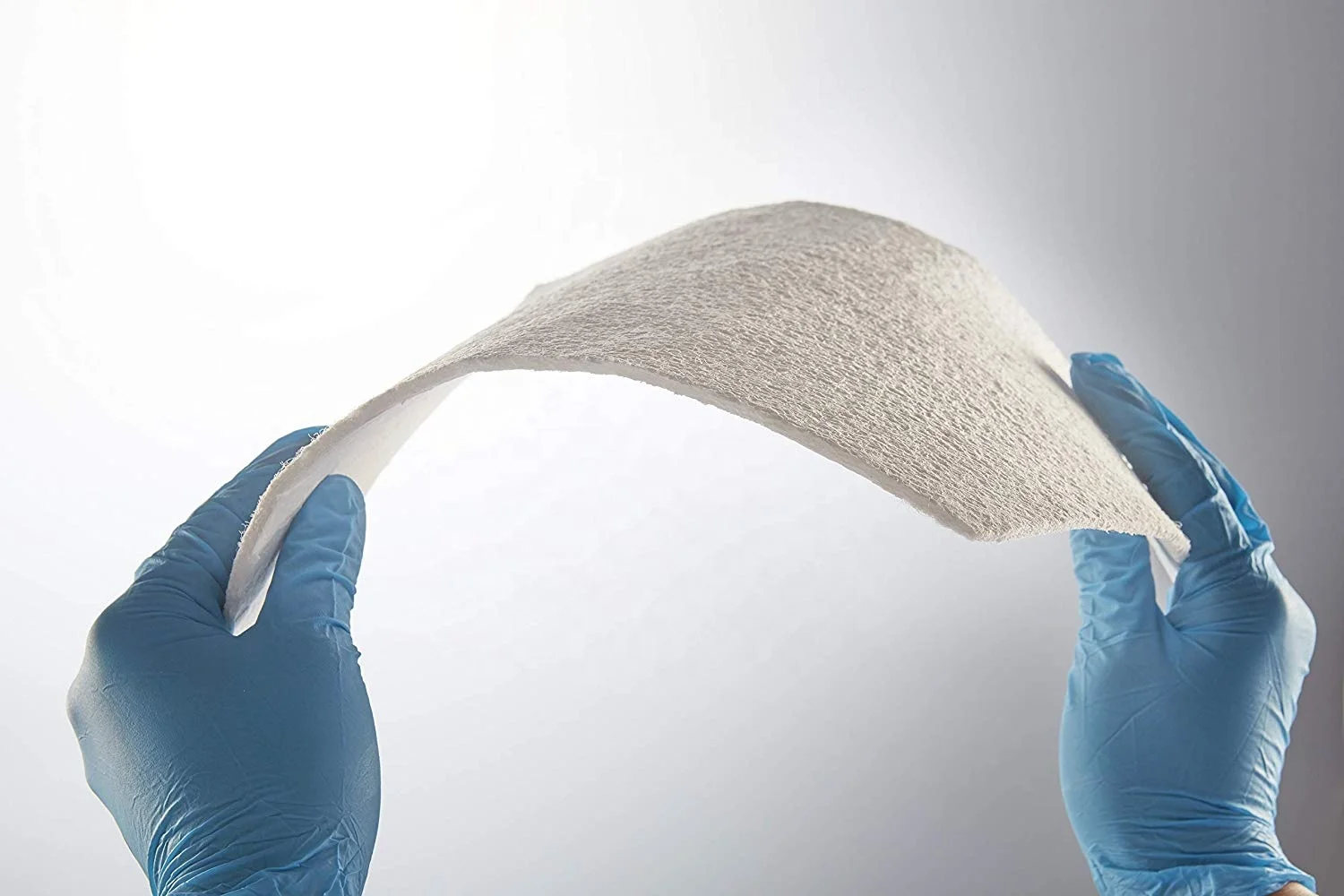
This eliminated two of the drawbacks in Kistler’s procedure, namely, the water-to-alcohol exchange step and the presence of inorganic salts in the gel. Hydrolyzing TMOS in a solution of methanol produced a gel in one step (called an “alcogel”). This process replaced the sodium silicate used by Kistler with an alkoxysilane, (tetramethyorthosilicate, TMOS). This directly lead to one of the major advances in aerogel science, namely the application of sol-gel chemistry to silica aerogel preparation. Upon returning after a brief rest, he was strongly motivated to find a better synthetic process. Realizing that this would take many, many years to accomplish, the student left Teichner’s lab with a nervous breakdown. Teichner then informed his student that a large number of aerogel samples would be needed for him to complete his dissertation. However, using Kistler’s method, which included two time-consuming and laborious solvent exchange steps, their first aerogel took weeks to prepare. Teichner assigned one of his graduate students the task of preparing and studying aerogels for this application. There is a legend passed on between researchers in the aerogel community concerning what happened next. Aerogels had been largely forgotten when, in the late 1970s, the French government approached Stanislaus Teichner at Universite Claud Bernard, Lyon seeking a method for storing oxygen and rocket fuels in porous materials.Eventually, in the 1960s, the development of inexpensive “fumed” silica undercut the market for aerogel, and Monsanto ceased production. Very little new work on aerogels occurred throughout the next three decades. Monsanto’s Aerogel was used as an additive or a thixotropic agent in cosmetics and toothpastes. Little is known about the processing conditions used to make this material, but it is assumed that its production followed Kistler’s procedures.

Monsanto’s Aerogel was a granular silica material. Shortly thereafter, Monsanto began marketing a product known simply as “aerogel”. A few years later, Kistler left the College of the Pacific and took a position with Monsanto Corp.Over the next several years, Kistler thoroughly characterized his silica aerogels, and prepared aerogels from many other materials, including alumina, tungsten oxide, ferric oxide, tin oxide, nickel tartarate, cellulose, cellulose nitrate, gelatin, agar, egg albumen, and rubber. They were transparent, low density, and highly porous materials that stimulated considerable academic interest. Kistler’s aerogels were very similar to silica aerogels prepared today. By converting the alcohol to a supercritical fluid and allowing it to escape, the first true aerogels were formed. Kistler then tried again by first thoroughly washing the silica gels with water (to remove salts from the gel), and then exchanging the water for alcohol. It was known at the time that water in aqueous gels could be exchanged with miscible organic liquids. Instead of leaving a silica aerogel behind, the supercritical water redissolved the silica, which then precipitated as the water was vented. However, attempts to prepare aerogels by converting the water in these gels to a supercritical fluid failed. The first gels studied by Kistler were silica gels prepared by the acidic condensation of aqueous sodium silicate.If a liquid is held under pressure always greater than the vapor pressure, and the temperature is raised, it will be transformed at the critical temperature into a gas without two phases having been present at any time.” (S. “Obviously, if one wishes to produce an aerogel, he must replace the liquid with air by some means in which the surface of the liquid is never permitted to recede within the gel.

Kistler then discovered the key aspect of aerogel production: Kistler surmised, correctly, that the solid component of the gel was microporous, and that the liquid-vapor interface of the evaporating liquid exerted strong surface tension forces that collapsed the pore structure.

This shrinkage was often accompanied by severe cracking of the gel. If a wet gel were simply allowed to dry on it own, the gel would shrink, often to a fraction of its original size. As is often the case, the obvious route included many obstacles. The obvious way to prove this hypothesis was to remove the liquid from the wet gel without damaging the solid component. Kistler of the College of the Pacific in Stockton, California set out to prove that a “gel” contained a continuous solid network of the same size and shape as the wet gel. In reality, the first aerogels were prepared in 1931. Many people assume that aerogels are recent products of modern technology.


 0 kommentar(er)
0 kommentar(er)
